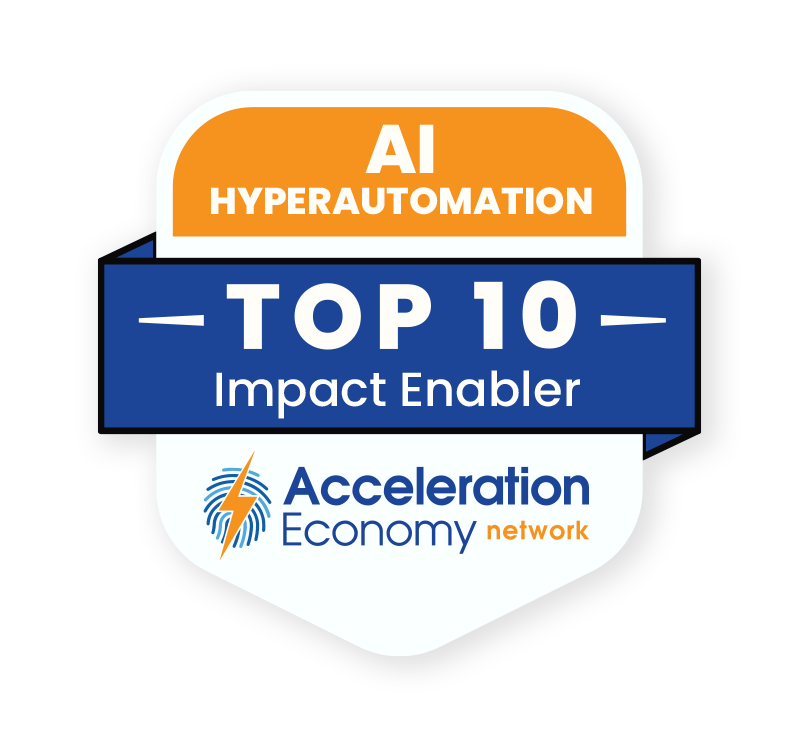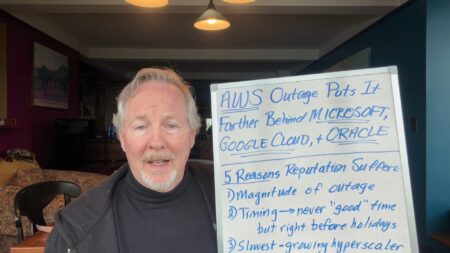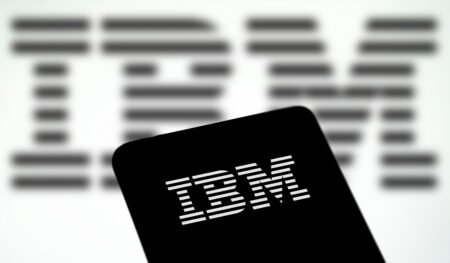In this fireside chat, originally included in Acceleration Economy’s Generative AI Digital Summit, practitioner analyst Kieron Allen hosts Thomas Siebel, Chairman and CEO, C3 AI. During their discussion, Kieron and Siebel discuss how C3 AI is utilizing generative AI, Large Language Models (LLMs), and Generative AI’s impact on the workforce.
C3 AI is one of Acceleration Economy’s Top 10 AI/Hyperautomation shortlist companies.
To hear practitioner and platform insights on how solutions such as ChatGPT will impact the future of work, customer experience, data strategy, and cybersecurity, make sure to register for your on-demand pass to Acceleration Economy’s Generative AI Digital Summit.
Highlights
00:27 — Kieron introduces Siebel, who founded Siebel Systems and C3 AI, a company that is a pioneer in the industry and has been delivering AI technology for over a decade. He asks Siebel for his thoughts on the rise of generative AI, and why related tools, such as ChatGPT, have taken off so rapidly.
00:52 — When C3 AI was founded in 2009, the company believed artificial intelligence would be a “very large addressable market.” Since then, C3 AI has been delivering enterprise AI applications and tools. He further explains the role that enterprise AI plays in addressing business processes and technologies, and notes a new, recent tool, that the company has been working with over the last several years: LLMs.
03:02 — Generative AI “really dialed up the interest in AI,” suggests Siebel. “I don’t think there’s any question in anybody’s mind that it is an enormous addressable market and is growing very rapidly. And however big people thought it was gonna be, it’s bigger than that.” The rise of generative AI has taken the “AI discussion” from the desk of the CIO and Chief Digital Officer, and placed it on the “tip of the tongue” of every CEO, business leader, and government leader.
03:57 — How are C3 AI customers using, or testing, generative AI? Sibel explains that right now, C3 AI is using generative AI in very non-obvious applications. It’s using LLMs in combination with its work in supervised learning, unsupervised learning, deep learning, neural networks, and reinforcement learning, and combining that with the human-computer interaction model of the web browser, he says. As such, C3 AI is utilizing generative AI to fundamentally change the nature of the human-computer interaction model for complex enterprise applications.
05:08 — Sibel explains how C3 AI applies generative AI and LLMs in a business context. Enterprise applications, CRM systems, manufacturing, and supply chain systems, are very complex. By leveraging LLMs, business users are able to “search the corpus of information — not the internet, or the extranet — and make all of that information instantly retrievable by the decision maker,” be it a CEO, CIO, or CTO.
06:50 — Kieron circles back to generative AI use cases relating to chat. He asks Siebel how far off into the future will this be useful, and what needs to occur in order for that to become possible?

Which companies are the most important vendors in AI and hyperautomation? Check out the Acceleration Economy AI/Hyperautomation Top 10 Shortlist.
07:27 — Today, about 60% of the time, it might have the conversational capability of an eighth grader, Siebel says. There’s very little there, but billions are being spent every year advancing this technology; this is a very important development and it will become useful. But it can be scary as well. When it comes to news “it will be absolutely impossible to distinguish between real news and fake news.” And nobody’s going to be able to get to the root cause of how chat reaches the conclusions that it does. It’s not traceable, it’s not verifiable. It will be used by various media and bad actors that want to manipulate this medium, he says.
09:23 — Addressing enterprise use cases of generative AI, Siebel says the norm today is that top execs ask their leaders a question and they get an answer back in two to four weeks. With Generative AI, by contrast, a utility CEO could ask “what are the major risks to my power grid infrastructure?” and it’ll tell right then what the major risks are. Similar results, incorporating detail for the entire corpus of information, are possible on questions about diversity goals, CO2 emissions, employee retention and other strategic topics. And they can be delivered in seconds by leveraging LLMs.
11:56 — Siebel says that Generative AI, like every major technology innovation we’ve seen (printing press, steam engine, production line) threatens jobs. There will be customer service jobs where a chat engine will be answering questions more accurately than a customer service representative could. So there’s a need for retraining. But for every job that’s been eliminated, many more have been created. “So I suspect for every job that we’re going to eliminate here, we’ll create 10, just like other technologies have.”
13:40 — Leaders will need to decide whether they need to replace or retrain their workforce. “I believe that enlightened leaders will retrain their workforce…and I think less enlightened leaders will replace their workforces.”












